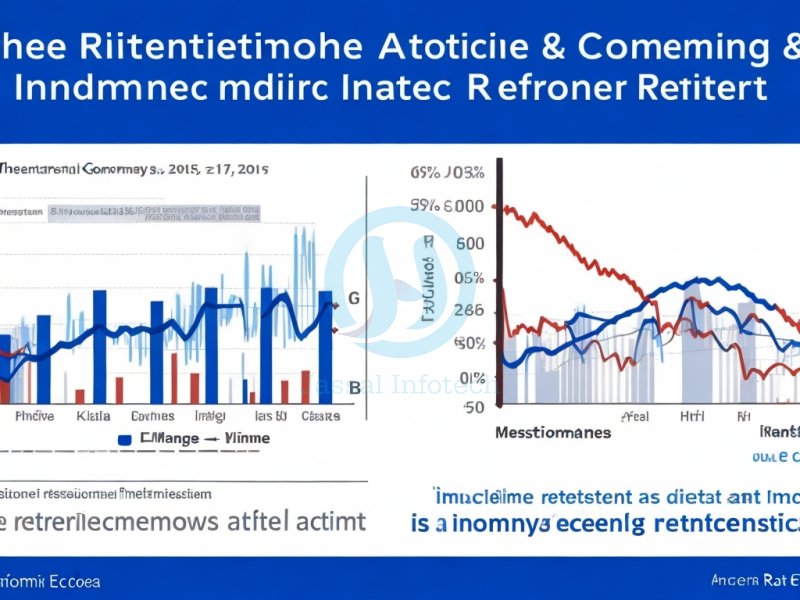
Welcome to our insightful journey into the captivating realm of economics, where the pulse of nations' financial health is measured by the ebb and flow of interest rates. In this blog, we'll delve into the fascinating relationship between interest rates and economic performance, exploring how fluctuations in these rates influence borrowing, investment, and overall economic activity. So, fasten your seatbelts as we embark on this enlightening ride through the corridors of finance!
Before we dive into the intricacies of their impact, let's grasp the essence of interest rates. In essence, interest rates represent the cost of borrowing money. Governments and central banks set interest rates as a tool to manage economic growth and curb inflation. They act as a powerful lever that can either stimulate or restrain economic activity.
When interest rates are low, the cost of borrowing decreases, leading individuals and businesses to seek loans more frequently. As a result, consumers have more disposable income, and businesses can expand operations, hire more employees, and invest in new projects. This heightened economic activity fosters growth and job creation.
Conversely, when interest rates are high, borrowing becomes costlier. This leads to reduced consumer spending and lower business investments. The brakes are applied to economic growth, and inflationary pressures are curbed. While this can prevent overheating of the economy, it can also hinder growth and limit job opportunities.
Investors, both large and small, closely monitor interest rates as they significantly impact their decision-making. When interest rates are low, fixed-income assets like bonds tend to yield lower returns, pushing investors towards riskier assets like stocks. This heightened demand for stocks can drive up stock prices, boosting the stock market.
Conversely, rising interest rates may cause bond yields to increase, making them more attractive to investors seeking stable returns. As a result, investors may shift away from stocks to bonds, potentially leading to a decline in the stock market.
Interest rates also have a profound impact on the real estate market. Low interest rates entice prospective homebuyers to secure mortgages, which increases demand for housing and subsequently drives property prices upward. On the other hand, higher interest rates can deter homebuyers, reducing demand and putting downward pressure on property prices.
Interest rates influence consumer behavior in various ways. Low interest rates encourage borrowing, leading to increased spending on big-ticket items like homes and cars. Additionally, consumers might be more inclined to finance their purchases, boosting retail sales.
Conversely, high interest rates can curb consumer spending as borrowing becomes expensive. In response, individuals may tighten their belts and focus on saving rather than spending, which can have a negative impact on retail and overall economic growth.
Central banks play a pivotal role in shaping interest rates. Through monetary policy tools, such as open market operations and reserve requirements, central banks aim to achieve economic stability. During periods of economic downturn, central banks might lower interest rates to stimulate borrowing and spending, spurring economic activity.
Alternatively, during periods of inflation or economic overheating, central banks may raise interest rates to cool down the economy and prevent excessive inflation.
As we conclude our captivating exploration of the link between interest rates and economic performance, it becomes evident that interest rates wield immense power in shaping the financial landscape. Fluctuations in interest rates influence borrowing, investment decisions, consumer spending, and the overall economic activity of nations.
Keeping an eye on interest rates can provide valuable insights into the health of an economy and guide our financial decisions. Whether you're a budding investor, a curious consumer, or an aspiring economist, understanding the intricate dance between interest rates and economic performance empowers you to navigate the ever-changing tides of the financial world. So, let's stay informed and make the most of this knowledge to secure a prosperous future!
Disclaimer: The information provided in this blog is for educational and informational purposes only and should not be construed as financial advice. Always consult with a qualified financial advisor or professional for personalized advice.
Share This News